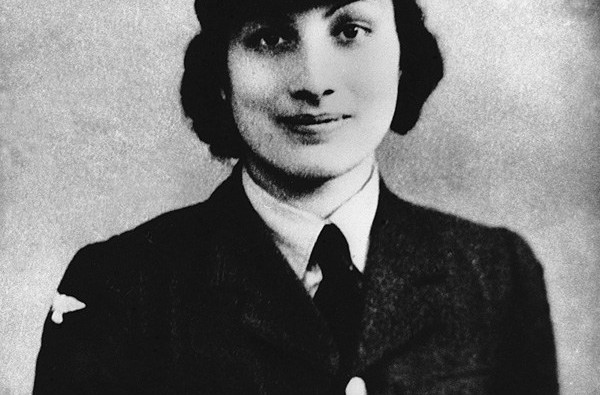The UK £50 currency at present show-cases steam engine pioneers Matthew Boulton and James Watt, and was introduced several years ago. However, next year will see a re-issuing of the most denominated bank-note as it switches from paper to polymer fibre, a more durable and long-lasting material.
The new note will also have a change in appearance and feature a new face. Politicians of Parliament and national historians have been those to support one of the most popular suggestions so far – to have the British spy Noor Inayat Khan incorporated in the design.
Noor was born in Moscow, Russia in 1914. She was a descendant of the Indian Royal family and raised in Britain and France. It would have been simple for her to evade the tragic happenings of the Second-World-War and live a comfortable and care-free life. However, she instead chose to join the war effort and work as a spy in Nazi Germany, to gather intelligence for allied forces. She was eventually captured by the enemy and tortured, but refused to give information. She was murdered at a concentration camp in Dachau in 1944.
Khan has been named a “Hero of our times” by national UK TV presenters. A petition supporting her has received more than 1,300 signatures so far. She has been talked about favourable by BBC Host Dan Snow and army officer Tom Tugendhat. Conservative MPs have shown their support as well.
Transport Minister Nusrat Ghani said that: “I believe she was also involved in rescuing some British and American pilots. Being able to do what she did with the limited resources they had would be remarkable.”
The Bank of England has stated that it is not trying to limit the diversity of races and gender that will be shown on UK banknotes. It is instead up to the public to vote for who they want to be published on the new £50, which will be released sometime in 2020.
By Manisha Bhanot.















